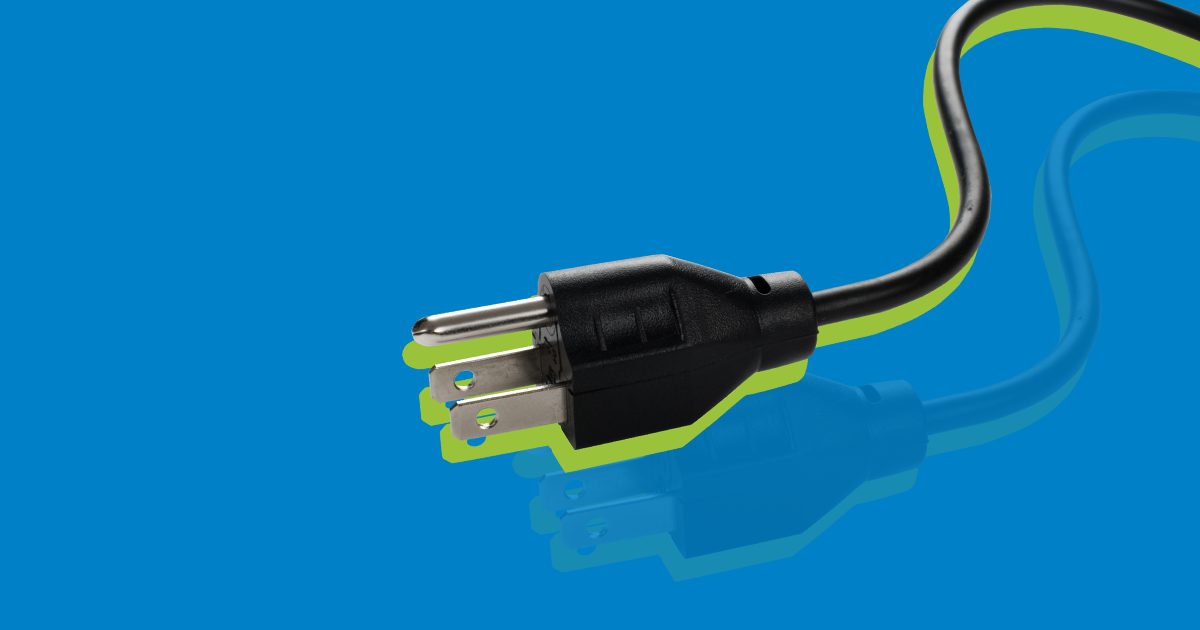Let’s electrify America’s buildings
Flip the switch to cleaner, safer, more affordable energy

The Benefits of Building Electrification & Efficiency
✅ Lowers household energy bills
The average household can save around $600 on its yearly energy bills by installing heat pumps and induction stoves. Additionally, electrification protects us from future energy price spikes due to unstable fossil fuel prices.
✅ Cleans air inside our homes and buildings
Fossil fuel powered appliances not only contribute to climate change — they also create air pollution that contributes to serious respiratory problems like asthma, particularly in children. In many homes, the air we breathe inside is dirtier than the air outside of them. Electrification will clean the air we breathe while sleeping, cooking, and spending time with family indoors.
✅ Efficiency benefits low-income households
Making homes more energy efficient by weatherizing them reduces energy waste and bills. Low income households, which spend disproportionately more income on home energy, could save up to 35% on their energy bills through weatherization projects.
✅ Creates good jobs nationwide
Building electrification and efficiency will create good-paying careers for construction workers, plumbers, heating and cooling installers, electricians, and more. These jobs will be created in every community in America and can’t be sent overseas.
Building Electrification and Efficiency FAQ
What is building electrification?
Today, nearly ¾ of America’s buildings use fossil fuels to heat space or water, or cook food, creating 10% of our carbon pollution each year. Half of new homes today are built with fossil fuel heating or appliances, locking in that carbon pollution for decades.
Building electrification means switching from using fossil fuels in our home appliances to using clean energy. For existing homes, we need to switch to electric appliances that can significantly reduce or eliminate carbon pollution. For new homes, we need to ensure construction is electric-ready.
What is building efficiency?
Building efficiency is the measure of how productively our homes are using the resources that power them. Some appliances and homes, especially older ones, use energy less efficiently, leading to higher costs, energy waste and increased carbon pollution. Currently, up to 20% of the money spent on home energy by an average American is wasted.
Weatherization is the process of making a building more energy efficient through various upgrades. Weatherization can involve:
- Installing insulation
- Repairing and adjusting heating and cooling systems
- Mitigating air infiltration
- Replacing door and window weatherstripping
- Sealing ducts
- And more
The U.S. Department of Energy offers a Whole-House Weatherization program that use a network of local providers to assist homeowners in identifying and making these upgrades.
What grants or rebates can help me electrify my home and make it more efficient?
In 2022, Congress passed the Inflation Reduction Act, a sweeping legislative package that included the most significant investment in climate and clean energy measures in America’s history. Among them were measures to make electrification affordable, such as:
- $14,000 in rebates for homeowners for home weatherization and electrification – enough to cover all or close to all of the upfront cost of upgrades.
- Rebates for landlords to make rental units more energy efficient and upgrade to electric appliances. Renters can educate their landlords on these programs. (In some cases, renters may be able to update their rental units with electric appliances that they can take with them when they leave.)
- Grants for increasing the efficiency of affordable housing which will reduce utility bills for residents.
Are those grants and rebates at risk from President Trump or the Republican-controlled Congress?
Yes. From the beginning of the 119th Congress (2025-2026), it was clear that Republican Party leadership would attempt to roll back some of the climate measures in the Inflation Reduction Act. President Trump has also taken steps to pause climate-related funding from the IRA, though he theoretically cannot stop it permanently without congressional action.
That said, there are some Republicans in Congress already speaking up for the clean energy tax credits and other IRA provisions that have brought jobs and investments to their districts and states.
CCL is working to surround relevant members of Congress with evidence of the law’s support, efficacy, and ongoing importance. Our efforts can help discourage repeal of the most important climate measures in the law.
What can be done to support building electrification and efficiency?
The most important thing to do right now is to understand the benefits of the Inflation Reduction Act so you can encourage Congress to keep the grants, rebates and tax credits in place.
The CCL Research team has created a database of IRA-funded projects by state and congressional district, which will provide useful data for grassroots and grasstops lobbying efforts. Check out the database at cclusa.org/defend-IRA-data and make sure you know the local benefits in your area.
When the funding is secure, homeowners and landlords can continue to take advantage of incentives to electrify and make their properties more efficient.
What kind of building electrification policies does CCL support?
We support policies that speed up the pace of building electrification while making it affordable for low and middle income homes to electrify. In the 119th Congress (2025-2026), that primarily means defending the climate and clean energy grants, rebates and tax credits in the Inflation Reduction Act.
To see what specific legislation CCL supports and is currently advocating for, visit our Accomplishments page.

